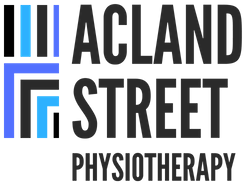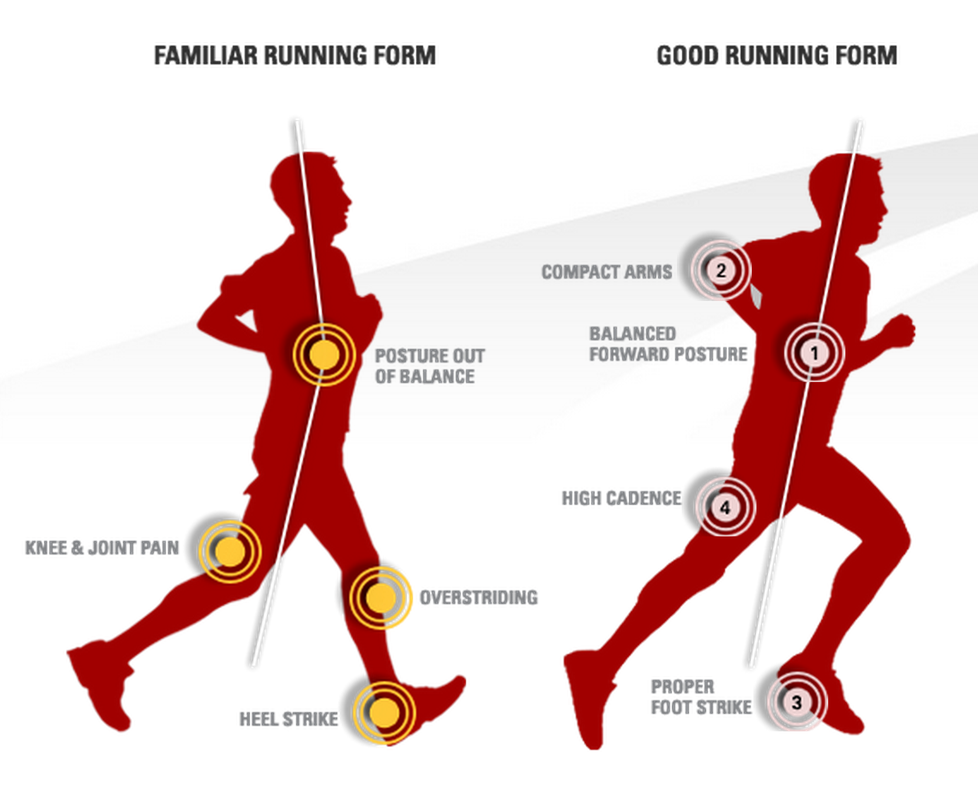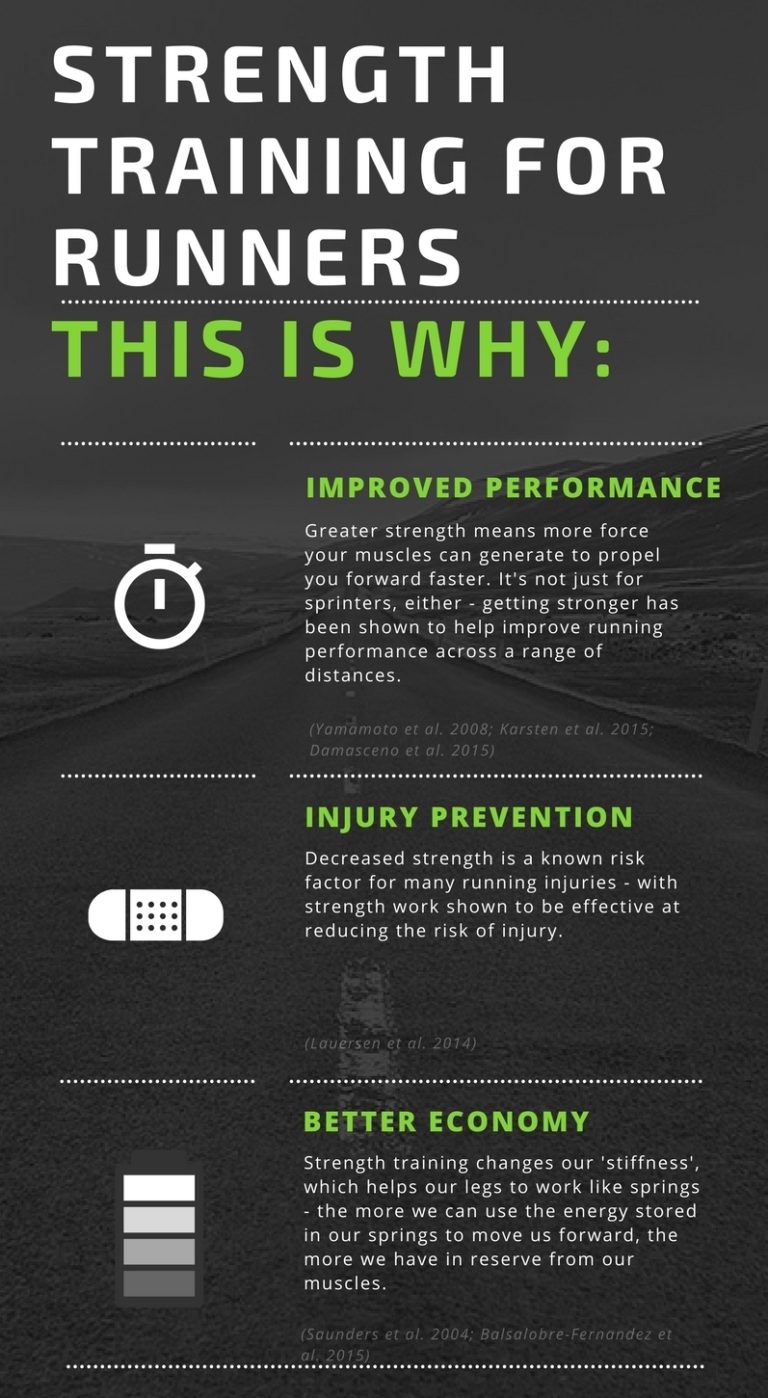|
In the quest for muscle strength, hypertrophy, and endurance, the principle of progressive overload stands as a cornerstone of resistance training. Traditionally, increasing the weight (load) you lift has been the go-to method for achieving this. However, recent research sheds light on an equally effective strategy that might just change the way we approach our workouts: increasing repetitions while maintaining the same load. Let's dive into what this means for your training regimen.
Understanding Progressive Overload Progressive overload involves gradually increasing the demands on your musculoskeletal system, thereby stimulating muscle growth, strength, and endurance. Traditionally, this has meant adding more weight to the bar. However, is this the only way to achieve muscular adaptations? The Study: Load Increase vs. Repetition Increase A groundbreaking study published in PeerJ (2022) by Plotkin et al. compared two groups over an 8-week period to see which method of progressive overload was more effective: increasing load or increasing repetitions[1]. Participants, all of whom had at least one year of lower body resistance training experience, were divided into two groups:
Key Findings The study found that both methods led to muscular adaptations, with some interesting nuances:
Implications for Training These findings offer valuable insights for trainers and trainees alike, presenting another promising approach to programming resistance training. Here's what it means for your workouts: Flexibility in Training The study underscores the viability of both increasing loads and increasing repetitions for enhancing muscular adaptations. This flexibility allows for personalised training programs that can be adjusted based on individual goals, preferences, and the availability of equipment. Tailored Goals
For individuals recovering from injuries or those concerned about the risk of overloading with heavy weights, increasing repetitions offers a safer yet effective method of achieving progressive overload without the need to constantly increase the weight lifted. Conclusion The study by Plotkin et al. illuminates a path forward for those looking to optimise their resistance training strategy, offering evidence that both increasing loads and repetitions can lead to significant muscular adaptations. Whether your goal is muscle growth, strength, endurance, or rehabilitation, incorporating a mix of both strategies into your workout regimen can provide comprehensive benefits tailored to your unique fitness journey. Embrace the flexibility in your training approach, and remember, the best workout is the one that is personalised, progressive, and most importantly, enjoyable! Reference
0 Comments
When embarking on a resistance training journey, one of the most common dilemmas faced by beginners and seasoned gym-goers alike is choosing between multi-joint (MJ) and single-joint (SJ) exercises. Both types of exercises offer unique benefits and can be pivotal in shaping your fitness regimen. Recent studies shed light on their effects, helping you make an informed decision tailored to your goals.
Understanding the Basics Multi-Joint Exercises involve two or more sets of joints and muscle groups. Classic examples include squats, bench presses, and deadlifts. These exercises are lauded for their efficiency in working multiple muscles simultaneously, potentially offering greater functional benefits. Single-Joint Exercises focus on isolating one joint and primarily targeting a single muscle group, like bicep curls or leg extensions. They are often recommended for targeted muscle development and rehabilitation purposes. The Research SpeaksTwo significant studies provide insight into the ongoing debate between MJ and SJ exercises. Gentil et al. (2015) found that both MJ and SJ exercises produced similar increases in muscle size and strength in untrained men, suggesting that neither type is superior for beginners aiming to increase muscle mass and strength[1]. On the other hand, Paoli et al. (2017) demonstrated that when the total work volume was equated, MJ exercises led to greater improvements in VO2max and muscle strength than SJ exercises[2]. This suggests that MJ exercises might offer added benefits for improving cardiovascular fitness and functional strength. Making the Choice: What's Best for You? The selection between MJ and SJ exercises should align with your fitness goals, practical considerations, and personal preferences:
Both MJ and SJ exercises have their place in a well-rounded fitness regimen. Understanding your personal goals, whether it's muscle gain, fat loss, strength, rehabilitation, or general fitness, is key to determining the right balance between the two. Consultation with fitness and health professionals can provide personalized advice and training programs, ensuring you get the most out of your workouts while minimizing the risk of injury. Remember, the best exercise program is one that is sustainable, enjoyable, and tailored to your individual needs and goals. So, whether you're lifting heavy with the squats or focusing on that bicep peak with curls, you're on the right track to achieving your fitness aspirations. References
The deadlift, often perceived as an exercise reserved for the most robust and athletic individuals, holds a treasure trove of benefits that extend well beyond the realms of elite sports. This fundamental movement not only enhances strength and performance but also plays a pivotal role in the rehabilitation and maintenance of back health for people of all ages. Through a careful examination of recent research, we unveil the multifaceted benefits of deadlifts and debunk the myth that they are unsafe for individuals with lower back pain.
Unveiling the Benefits Deadlifts are more than just a strength-building exercise; they are a functional movement that mimics everyday activities such as lifting heavy objects off the ground. This exercise targets multiple muscle groups, including the glutes, hamstrings, lower back, and core, providing a comprehensive workout that can improve overall physical health and functionality. Research indicates that incorporating deadlifts into a training program can result in significant improvements in lower body strength and power. A study comparing the effects of deadlifts and squats found that both exercises led to comparable enhancements in jump performance, a marker of lower body power (Nigro & Bartolomei, 2020)[1]. Moreover, deadlifts have been shown to have the highest muscle activation of paraspinal musculature compared to other exercises, making them a potent tool for strengthening the muscles supporting the spine (Fischer, Calley, & Hollman, 2020)[2]. Safety and Efficacy for Lower Back Pain The prevalence of lower back pain in the general population has led to significant interest in finding effective exercises for both rehabilitation and prevention. Contrary to common misconceptions, deadlifts, when performed with proper technique, can be a safe and effective exercise for individuals with lower back pain. A systematic review highlights that exercise programs including deadlifts can yield improvements in both pain and function for those living with low back pain, although not more beneficial than low load motor control exercises (Fischer et al., 2020)[2]. It is crucial, however, to note that individuals with lower pain levels and higher baseline lumbar extension strength may be most suitable for deadlift programs. This finding underscores the importance of personalised assessment and program design by healthcare professionals. Implementing Deadlifts into Your Routine For those considering adding deadlifts to their exercise regimen, especially individuals with a history of lower back pain, consulting with a physiotherapist is essential. These experts can assess your current physical condition, teach proper deadlift technique, and develop a tailored program that aligns with your health goals and capabilities. It is also worth noting that starting with lighter weights and focusing on form over load can significantly reduce the risk of injury and ensure the long-term success of incorporating deadlifts into your routine. Conclusion The deadlift is a versatile exercise that offers extensive health and performance benefits for individuals across all age groups. Its efficacy in strengthening the lower back, improving functional performance, and aiding in the rehabilitation of back pain makes it a valuable addition to any exercise program. With proper guidance and technique, deadlifts can be safely performed by people with varying levels of fitness, including those with lower back pain, debunking the myth that they are inherently risky. By embracing the deadlift, individuals can enjoy a healthier, more active lifestyle, underscored by the strength and stability this foundational movement provides. References
In the quest for maintaining cognitive health as we age, the intertwining paths of physical strength and mental acuity offer an intriguing and promising avenue. Emerging research is shedding light on a powerful tool that goes beyond the conventional: strength training. Yes, the very practice often associated with muscle building and physical endurance also harbours profound benefits for our cognitive function. Here, we delve into the compelling evidence that underscores the mental enhancements brought forth by resistance training, particularly among older adults.
A Strong Body Houses a Sharp Mind A groundbreaking study by Matheus U Chupel and colleagues (2017) unveils that strength training diminishes inflammation while boosting cognition and physical fitness in older women with cognitive impairment. This research is pivotal in illustrating how resistance exercise fosters an anti-inflammatory balance, simultaneously uplifting physical performance and the cognitive profile. The implication? Engaging in strength training can be a strategic ally in combating cognitive decline, offering a beacon of hope for enhancing life quality in our golden years. The BDNF Connection: A Leap in Cognitive Health Diving deeper into the physiological underpinnings, a study by Emy S. Pereira et al. (2018) highlights the acute surge in Brain-Derived Neurotrophic Factor (BDNF) following a session of an extreme conditioning program. BDNF is no ordinary protein; it's central to brain health, implicated in learning, memory, and higher-order thinking. The study's findings suggest that not only does physical exercise stimulate this critical brain protein, but specific types of strength training can significantly elevate its levels, potentially unlocking immediate cognitive enhancements. Immediate and Lasting Cognitive Enhancements A systematic review by Jan Wilke et al. (2019) provides a broader perspective, affirming the immediate positive effects of resistance exercise on global cognition in healthy adults. This suggests that the benefits of lifting weights extend far beyond the physical realm, enhancing mental processes that are crucial for daily functioning and overall well-being. Strength Gains as Cognitive Gains Further substantiating the connection between physical and cognitive strength, a study led by Yorgi Mavros (2017) explores how strength gains from resistance training mediate improvements in cognitive function among older adults with mild cognitive impairment. This research underscores the significant role of muscle strength in enhancing cognitive function, advocating for strength training as a potent non-pharmacological intervention to fend off cognitive decline. Practical Insights for a Sharper Tomorrow Complementing these findings, André de Camargo Smolarek and colleagues (2016) observe that regular resistance exercises lead to noteworthy improvements in cognitive capacities of elderly women, emphasising enhanced life quality through strength training. Additionally, a systematic review by Zhihui Li et al. (2018) corroborates the efficacy of resistance training in bolstering executive cognitive abilities and global cognitive function, further advocating for its inclusion in the elderly's routine for a sharper mind. Starting Strength Training: Tips for Beginners Embracing strength training as a beginner might seem daunting, but it's a journey well worth embarking on for both your physical and cognitive health. Here are some tips to get you started:
Embracing Strength Training: A Path to Cognitive Resilience The evidence is compelling: integrating strength training into our exercise regimen can be a powerful strategy to preserve and enhance cognitive function, especially as we age. For physiotherapy practitioners and enthusiasts alike, these findings illuminate the profound impact of physical strength on mental health, advocating for a holistic approach to wellness that marries the vigor of the body with the vitality of the mind. As we continue to explore and understand the myriad ways in which exercise influences our cognitive landscape, it's clear that strength training holds a special place in the pantheon of tools at our disposal for combating cognitive decline and fostering a resilient, sharp mind throughout the lifespan. Incorporating strength training into our lives is more than a commitment to physical health; it's an investment in the longevity and vitality of our cognitive essence. For those embarking on this journey, the promise of a sharper, more vibrant mind awaits. References Used:
During the COVID-19 pandemic, running observably has become an extremely popular exercise activity locally obviously, for its health benefits and simplicity as no equipment is required. I am avid runner myself recreationally often clocking up 50kms per week. Over the past 10 years as a physiotherapist, I have coached hundreds of my patients who have never ran before to shed a few pounds or improve their overall fitness. Many of my patients have misconceptions about running in particular, that running is bad for your knees and that you are at major risk of arthritis. This common concern has been debunked by science by multiple studies. Based on large population studies, the chances of developing arthritis from regular running are very slim. In fact, regular running has shown to strengthen joints and plays a protective role in the development of osteoarthritis later in life. Commonly reported knee pain by runners at Acland Street Physiotherapy that is generally treatable with a moderate amount of physiotherapy and strength training are Iliotibial Band Syndrome or Patellofemoral Pain Syndrome.
The following is a concise infographic on how what good running form generally looks like. If you would prefer to further explore this, please do not hesitate to make a booking with us for a comprehensive physiotherapy and biomechanical running assessment. Many of my patients ask me the following question: What exactly is the exercise dosage I should do (the number of reps and sets) perform to optimise their either physical rehabilitation or fitness program for strength gains?
As a rule of thumb, here is the advice I generally give to someone who is relatively physically normal with no particular past medical history that may make performing the following task unsafely:
Bodyweight leg exercises are a great way to build up lower limb strength, prevent injuries and improve your overall physical fitness. A common question I get as a physio is: "Are squats or lunges more beneficial to do regularly?"
Firstly to answer this question, it is important to understand that both squats and lunges can be adjusted to preferentially activate certain muscle groups. Squats and lunges both use your gluteals, hamstrings and quadriceps muscle groups. However, lunges involve leaning the body forward which activates more hamstrings and gluteals, while if you keep the body upright, you will activate the quadriceps more - for instance, when you perform a classic style squat. However, going lower down will activate more gluteals and hamstrings. It is also interesting to note that single leg exercises such as lunges also preferentially activate the gluteal mininus, medius and core muscles specifically to assist with hip stabilisation. Lunges also changes your dynamic balance, compared to a squat which has a large stable base of support. A 2018 research study demonstrated that 6 sets of 6-12 rep weighted squats can produce an endocrine system response, which may play a role in stimulating muscle growth and tissue regeneration. I would recommend that you incorporate both lunges and squats in your exercise regime for more health benefits. Here is a useful reference article explaining the common fitness mistakes associated with squatting, lunging and planking, written by a leading expert physiotherapy lecturer from the University of South Australia, Dr Steve Milanese. It provides some simple tips on correcting your technique.
We often associate strength training with dedicated body builders, grunting and sweating away at the gym for hours working on their physical appearance. Barry Nguyen, a sports & musculoskeletal physiotherapist and health technologist shares with us other reasons why we should all participate in strength training. 1. Increase bone strength - Strength training stresses on your bones leading to increased bone density and reduce the risk of osteoporosis ('brittle bones'). 2. Weight control - Strength training helps convert fat into lean muscle raising your basal metabolic rate. This helps you burn more calories even at rest. 3. Improve brain power - Some studies have suggested that strength training can help improve your memory and focus, particularly in older adults. 4. Manage chronic disease - Strength training can help alleviate the symptoms of chronic diseases including back and shoulder pain, osteoarthritis, heart failure and diabetes type II. 5. Improve stamina - Strength training can help you do more physical activities in your daily living without feeling tired and inefficient. 6. Boost your self-esteem - Strength training has been shown in studies to boost your self-confidence. 7. Improve posture - Strength training can help you move while performing your daily activities in a more relaxed and efficient manner. 8. A large number of research studies have demonstrated that strength training can improve running performance, efficiency and reduce the risk of injury. Below is a useful infographic summarising the benefits of strength training for recreational and elite runners based on the latest scientific research studies: |
Author
Archives
May 2024
|
Copyright Acland Street Physiotherapy © 2024



 RSS Feed
RSS Feed